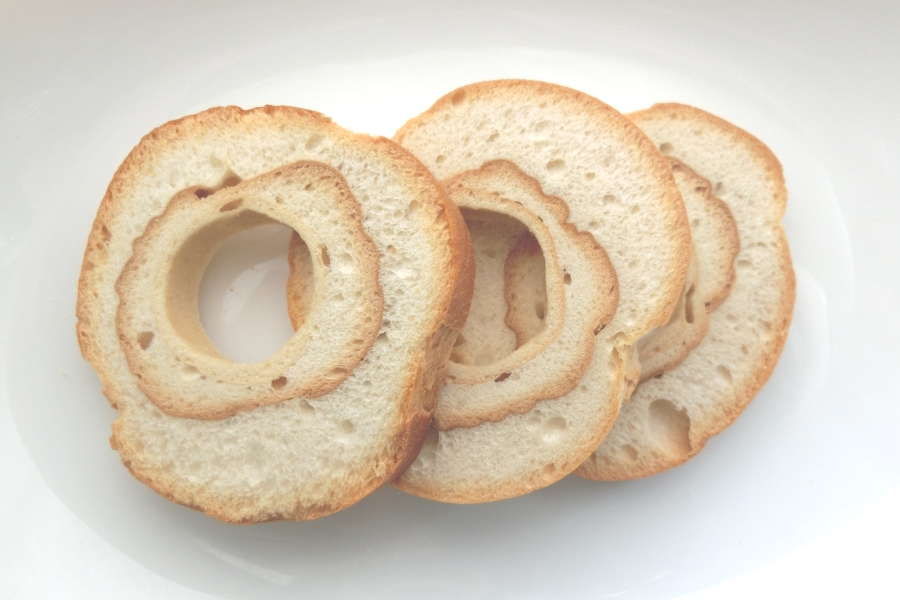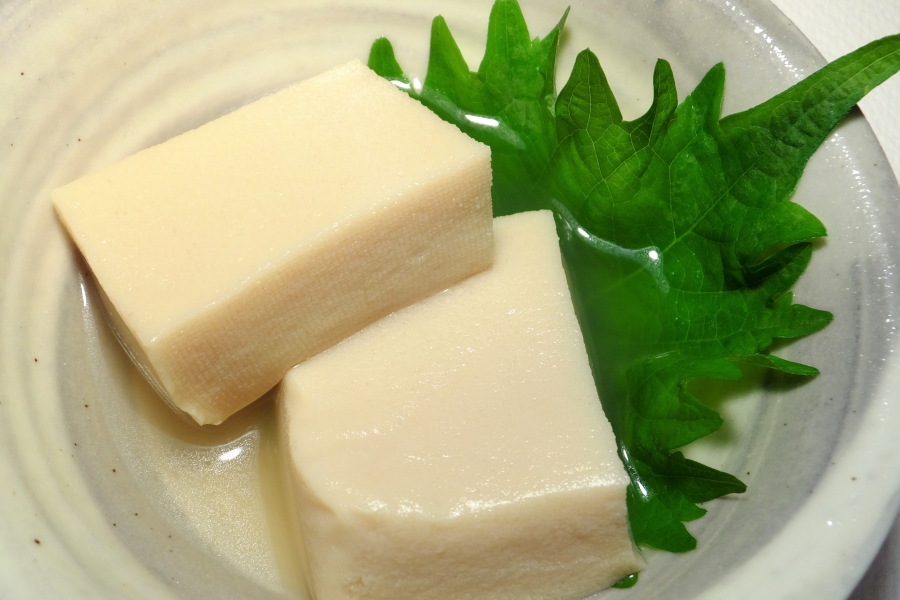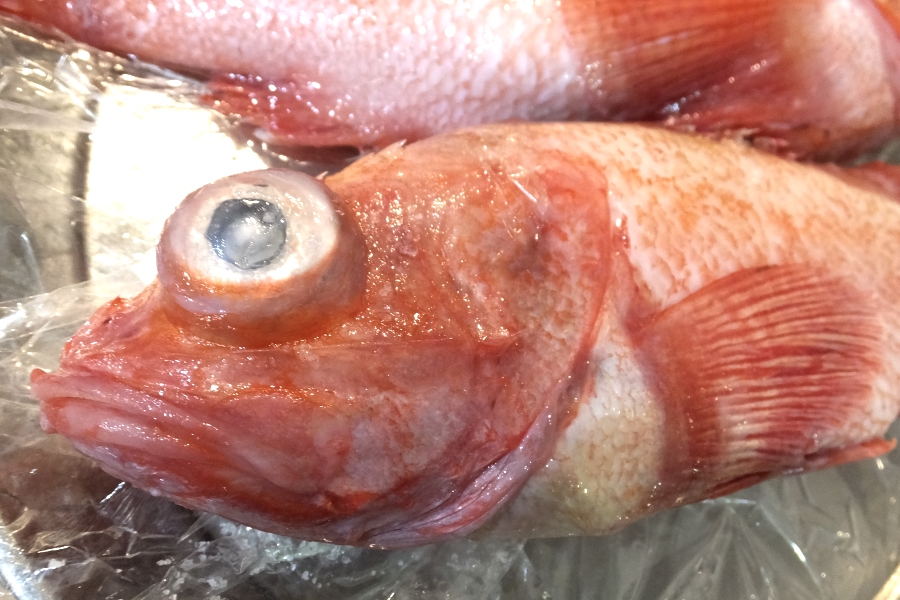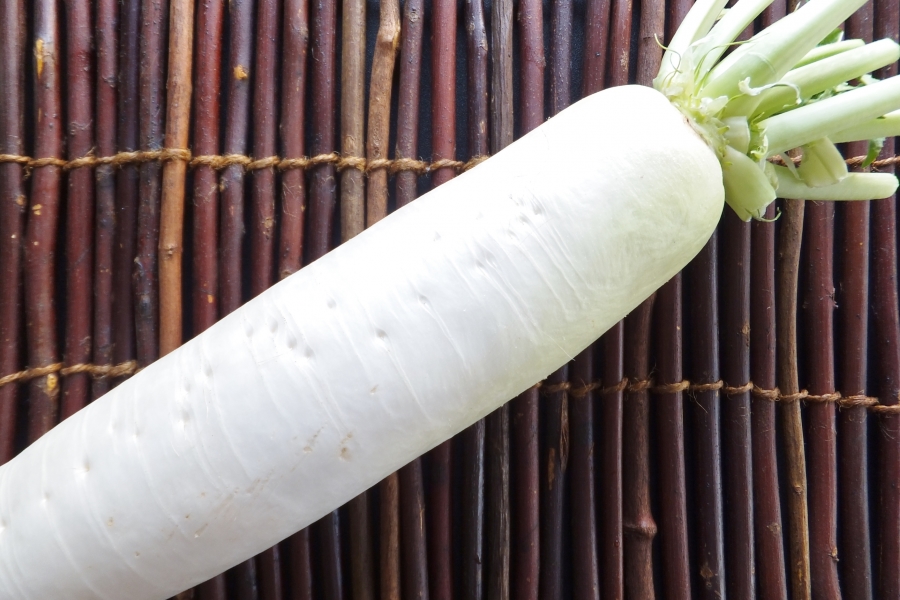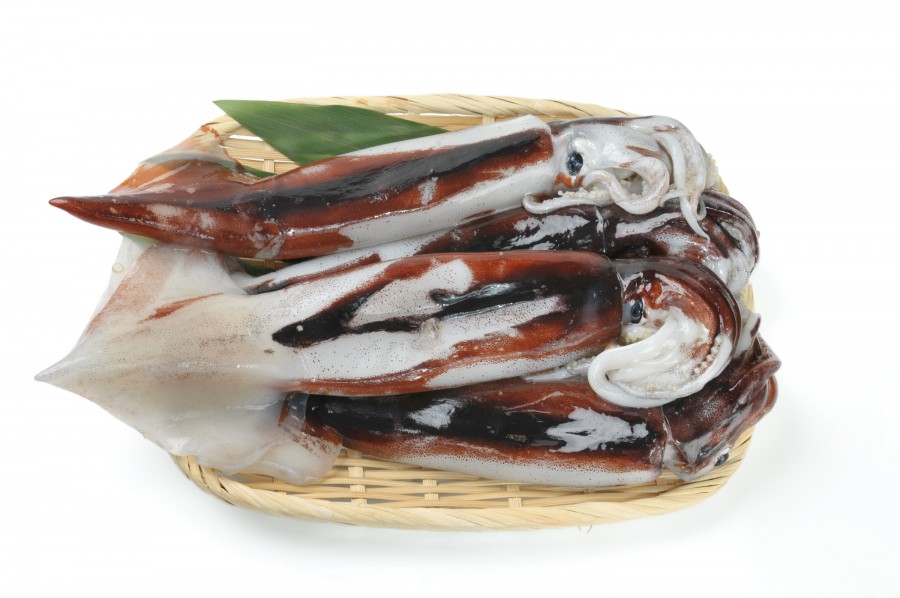Makurazaki City, in Kagoshima Prefecture, is known as Japan’s top producer of katsuobushi (smoked, dried bonito). Our Wafu Dashi stock is made with an abundance of katsuobushi, produced in Makurazaki without the use of chemical seasonings (including MSG), artificial colors, etc. Thus it boasts more savory character (umami), flavor and mellow sweetness that come from quality fish and natural ingredients. In this article we’ll talk about this additive-free Nijiya Wafu Dashi stock. Contents: “Arakibushi” – Makurazaki Brand Katsuobushi Blending Shiitake Mushroom and Konbu Dashi Stock Granular-type Dashi Stock. That’s Easy to Use Dashi Stock Recipes Pork and Onion Stir-Fry with Ginger Recipe Dashi Simmered Nira and Enoki Mashroom Recipe Daikon with Ground Chicken Recipe Lightly Simmered Asari (clams) and Asparagus […]
Himono refers to a method of food preservation that has existed since the Jomon Period (14,000-300 BC). This method is excellent and convenient as it allows many types of fish to be preserved for consumptions all year round. Himono values the process of “drying” where the umami of the fish is extracted by exposure to the sun’s rays. Contents: The History of Himono Nutrients of Himono Himono Recipes Himono Ratatouille Recipe Himono-no-Sunomono Recipe Himono Mixed with Grated Daikon Recipe Chirashi Sushi with Himono Recipe Fried Dried Fish Recipe The History of Himono Sakana-no-himono is now widely available in the supermarket. The method of preserving fish as himono has apparently been practiced since the Jomon Period (14,000-300 BC): fossils of dried […]
Contents: What is Satsuma Age? Secrets to Satsuma Age Taste Satsuma Age Recipes Satsuma Age and Shrimp Saute Recipe Satsuma Age Oden Recipe Satsuma Age and Shungiku Nibitashi Recipe What is Satsuma Age? It is said that Satsuma-Age was first made over 160 years ago in Okinawa. Fried fish was known as “Chikiagi” and spread to Kagoshima. From Kagoshima it spread all over the country and has different names in different parts of Japan. Generally, it is called “Satsuma Age” (fish cake) in Eastern Japan and is considered a form of “tempura” in Western Japan. Satsuma age has as much protein as an egg. Furthermore, its fish protein is of better quality than that of meat. It also includes plenty […]
Contents: Fascinating Facts About Fu History of Fu A Variety of Fu Enhance The Flavor of Your Everday Dishes! Eat Fu to Stay Healthy Fu Recipes Dashimaki Tamago (Japanese Rolled Omlete) Recipe Kuruma-fu no Nimono (Simmered Kuruma-fu Dish) Recipe Fu Chanple (Stir-fried fu) Recipe Fascinating Facts About Fu Fu is not bread, nor is it a cracker. It isn’t a snack food, nor is it a staple food. Although it is made from wheat flour, you don’t see fu in the flour-consuming nations of Europe or North America. Fu is a uniquely Japanese specialty. Just like koyadofu (freeze-dried tofu), miso (fermented soybean paste), katsuo-bushi (dried fish flakes), niboshi jako (dried tiny fish), sushi and soba (buckwheat noodles), there is nothing […]
Nobody knows who came up with koyadofu first, though it’s certainly a traditional Japanese flavor that dates back to ancient times. Koyadofu is made simply from soybeans, and has long been enjoyed throughout Japan under the names “Shimi-dofu” or “Koyasan-dofu.” It looks just like a hard sponge, and it doesn’t even appear to be edible or fresh. Koyadofu could have been destined to simply die out, but now it is appreciated for its distinctively high nutritional value. Koyadofu is an excellent, storable healthy food that Japan can boast to the world. Its nostalgic taste is now becoming increasingly popular and is soon to emerge as a dynamic influence on modern cooking. Contents: What is Koyadofu? The Nutritional Value of Koyadofu […]
Contents: American Kinki Kinki Recipe American Kinki The kinki (channel rockfish) is in the Scorpaenidae family. The formal Japanese term for it is kichiji, but it appears on the market in Japan under a more popular name: kinki. The fish has become a luxury, as the amount that can be caught in Japan has been reduced in recent years. The delicious kinki however, can also be caught here in America. They make their habitat as far north as Alaska, as well as on the West and East coasts of the continent, and many are exported to Japan. Fatty, frozen kinki from Alaska, as well as those fresh-caught locally, arrive at Nijiya stores. The kinki, among white fish is exceptionally fatty […]
Eggplant, a tropical plant, is said to have originated in eastern India. A long time ago the plant was brought into southeastern Asia, but there is no record to indicate exactly when that was. In Japan, eggplant is believed to have a 1,200-year history and used to be called “nasubi.” Today there are numerous eggplant varieties throughout the world. In Japan alone, there are various names or shapes of eggplants that are of local origins. For example, “Kamonasu” is the famous, smaller-sized, round eggplant originated in Kyoto. Contents: Why is fall eggplant so delicious? “Organic Eggplant” How to Cook Nasu? (Eggplant Recipes) Why is fall eggplant so delicious? Why is fall eggplant so delicious? Eggplant is generally considered to be […]
Daikon (Japanese radish) is a typical winter vegetable. Even though it’s available throughout the year, winter is when daikon is at its tastiest. Besides being tasty, daikon has many therapeutic properties. So, organically grown daikon would be the better choice. Contents: What is Daikon Radish? Daikon Radish is an Outstanding Digestive Aid and Improves Blood Circulation. To Get the most out of Daikon Radish, Apply the most Suitable Cooking Method to Each Part. Don’t Waste the Skin! Leaves are Also Very Nutritious! How to Cook Daikon Radish? (Japanese Daikon Recipes) What is Daikon Radish? Organic Daikon – Let’s enjoy every part of it! The most widely known Japanese daikon radish is the Aokubi daikon. It has a less peppery flavor […]
Konnyaku, with its unique texture -elastic and chewy but slightly firm- is actually a very modest cooking ingredient that never brings itself to the forefront. However, it contains a surprising amount of power inside. Let’s see just what this “konnyaku power” is. Contents: Konnyaku is a jelly-like food made from konnyaku potatoes The advanced detoxifying effect of konnyaku mannan Eat Konnyaku slowly to feel fuller How to spot good konnyaku Different types of konnyaku How to cook konnyaku? Konnyaku is a jelly-like food made from konnyaku potatoes Konnyaku is a processed food made from an araceous plant called the konnyaku (konjac) potato. It is said to be native to Indochina, where a variety of konnyaku potatoes grows wild to this […]
Japanese people love ika (squid). In fact, most of the world’s catch of squid is consumed by Japanese consumers. Squid is pleasantly chewy, with a gooey texture and sweet flavor. It’s great for sashimi, sushi, nimono (simmered dish) and yakimono (broiled dish). Squid tempura is as widely popular as shrimp tempura. Ika-no-kunsei (smoked squid) and noshi-ika (roasted squid) are indispensable accompaniments to beer. Contents: Squid Species Squid can be Easily Digested!? The Nutritional Value of Squid Surume Ika (Japanese Flying Squid) Local California Smatt Squid How to Choose Delicious Squid Japanese Squid Recipes Yaki Ika Recipe (Broiled Squid) Curry-Flavored Squid Rings Recipe Nitsuke (Simmered Dish) with Daikon and Squid Recipe Stir-Fired Squid with Oyster Sauce and Mayonnaise Recipe Japanese Squid […]
Awabi is a gourmet food that, when consumed raw, tastes exquisite with its firm, chewy texture full of sea aromas. Even when cooked, awabi always delivers delicate, savoy sweetness. Known to be the most nutritious shellfish, awabi has also been used for medicinal purposes and is believed to be effective in treating eye problems. Contents: Natural Awabi Awabi Farming False Awabi Tasty Three-Years-Old Awabi Let’s Cook Awabi! (Awabi Recipe) Natural Awabi A great number of quality awabi can be found in the waters around Japan, which are known to be among the world’s most flourishing fisheries. Since ancient times, Japanese dried awabi has been considered a highly prized export item, and it was once priced as high as gold and […]



